By Josh Cosford, Contributing Editor
Hydraulic systems are susceptible to many forms of contamination – particles, heat and water. When each of these contaminants is kept in check, there is no reason your hydraulic oil cannot last indefinitely, all the while providing conditions for a reliable hydraulic system. Water is an especially interesting contaminant because it works its evil in two ways. Free water causes corrosion, reduces lubricity and decreases the stability of the hydraulic oil.
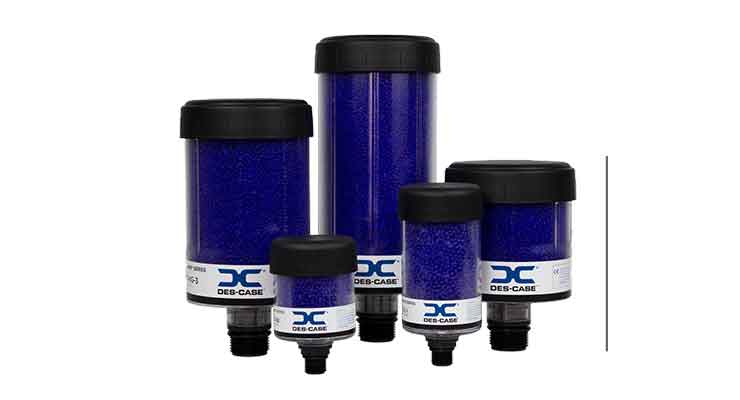
Just as in our atmosphere, water exists as pooled liquid or suspended humidity. Dissolved water can even “rain” out of hydraulic oil depending on pressure and humidity. When the hydraulic system runs while the oil remains warm, just like a hot day allows high humidity, the oil supports more water molecules in solution. However, should your water’s saturation level hover close to a 100%, any time the oil cools, it will cause water to “rain” out of the oil.
Clearly, you should avoid allowing your water to remain highly saturated with oil, not only because of the possibility of free water but because even humid oil accelerates corrosion. Additionally, highly humid water increases oil oxidation, especially as oil temperature increases and the combination of heat and oxidation leads to varnish and sludge. As you can imagine, varnish and sludge make horrible hydraulic fluids, offering little a hydraulic system needs to perform well.
Keeping your oil free from water saturation prevents the ailments described above, and even if your hydraulic machine finds itself in a humid, wet environment, there’s no reason humidity needs to infect your oil. Protecting your oil from free water just means keeping everything watertight. However, nearly every hydraulic system requires a breather cap to allow for expansion and contraction of fluid in the reservoir, either because of differential cylinders or changes in temperature.
Breather caps contain filter media to trap outside dust particles during reservoir respiration. Because humidity moves with air, any attempt to “trap” it is a futile affair. Humidity must be pulled out of the air before it has the chance to infect hydraulic oil.
Desiccant drying pellets have found a place in our daily lives and work to protect our consumer products, foods and other items from the effects of humidity. The little “do not eat” packets you find in your packaging are hygroscopic, meaning they absorb and hold water. The little pellets are commonly manufactured from silica gel and pull water as air passes. Fluid power engineers have taken advantage of desiccant drying techniques to help protect hydraulic oil from water.
A desiccant breather cap looks like a clear plastic jug full of tiny beads. Available in various sizes to suit mild or damp environments, they mount atop a reservoir to replace the traditional breather caps. Typically colored blue or orange, the desiccant pellets change color as they become saturated with water, signalling to the maintenance team the unit must be replaced. For example, the ordinarily blue material turns pink while the orange turns green.
Although desiccant breather caps are more costly than their traditional cousins, they quickly become a standard option on hydraulic reservoirs. A dry hydraulic system offers reliability far superior to those exposed to humid conditions. In addition, the cost of these breathers makes them a bargain compared to the cost of hydraulic failures and machine downtime.

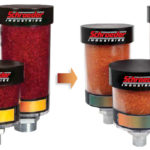
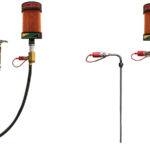
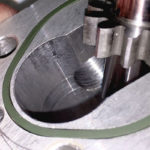
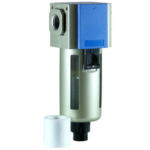
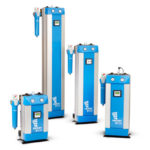

Leave a Reply